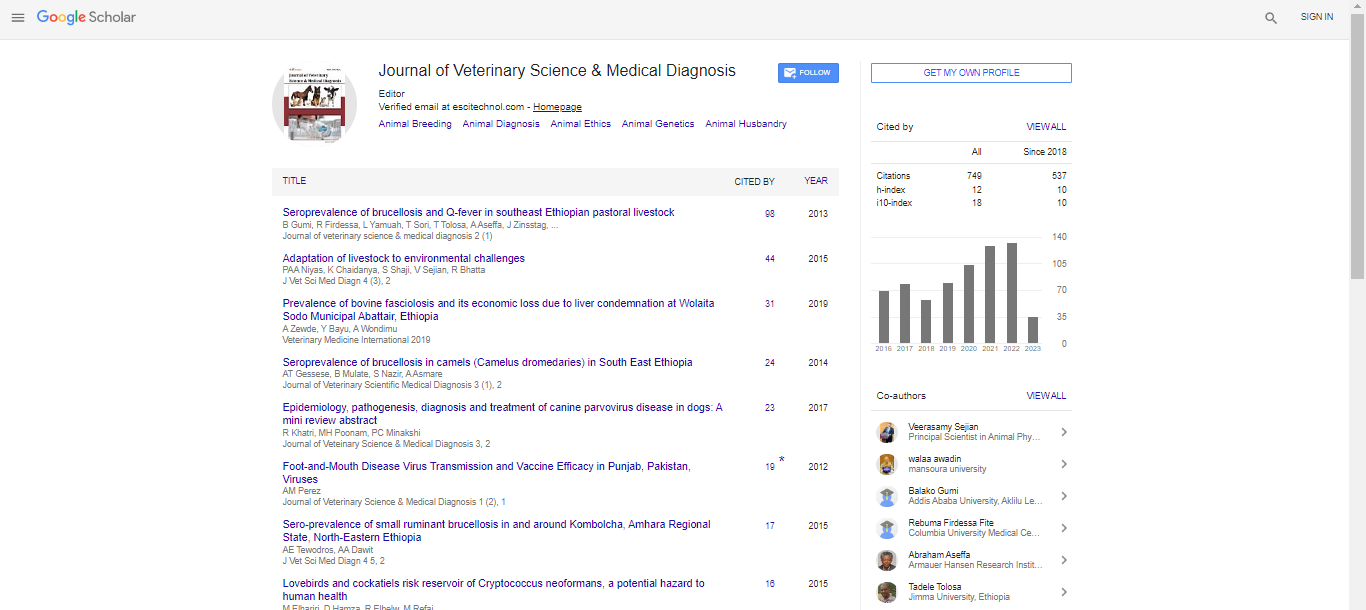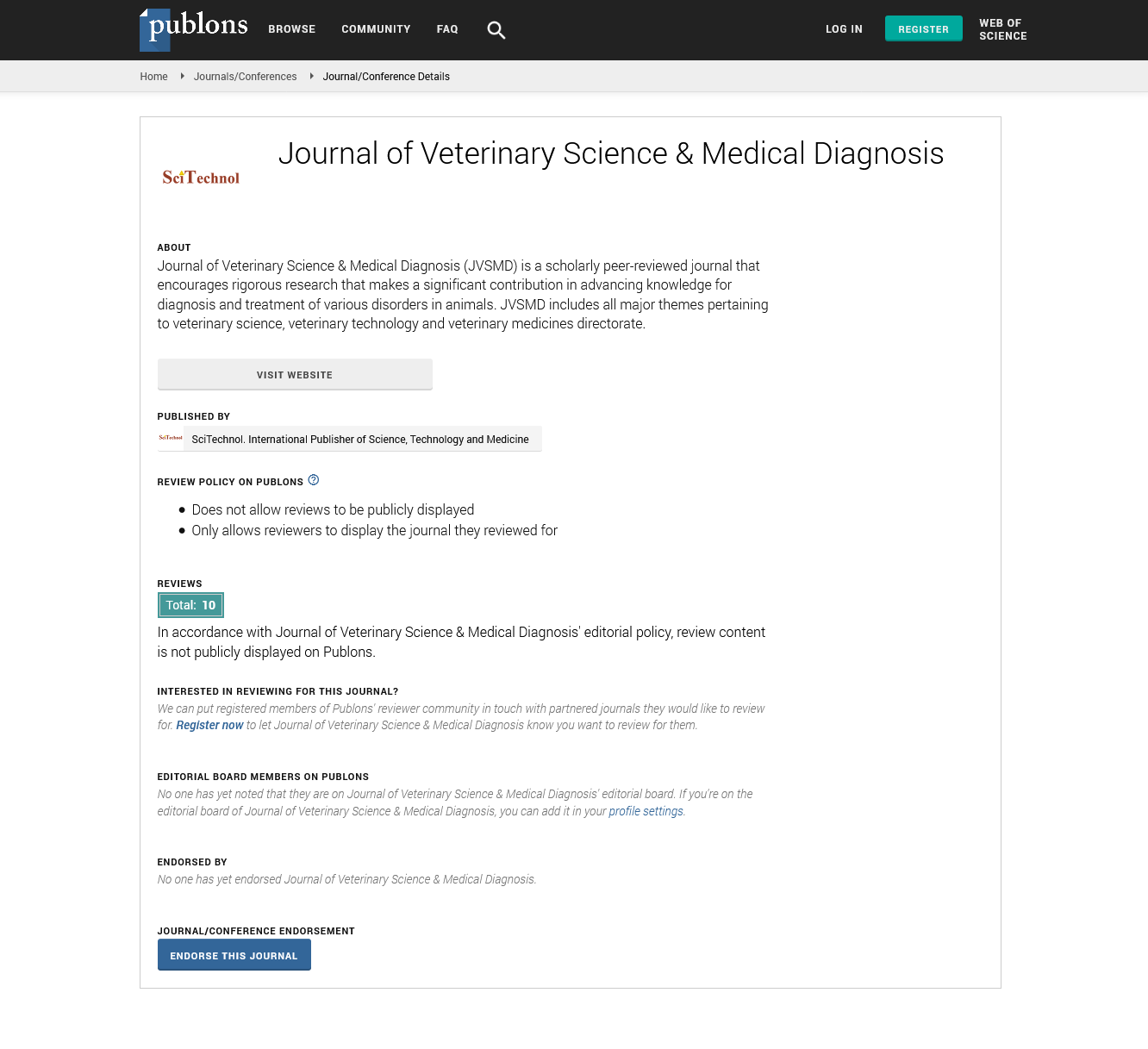Pig Loss Analysis of Virulent ASFV Infections Under Different Test and Removal Success Scenarios
Jiancong Yao
PIC, China
: J Vet Sci Med Diagn
Abstract
While ASFV has being challenged the Chinese veterinarians and pig producers, the industry has tested and pioneered the strategy of test and removal to contain the disease. Though the success rates have varied, the test and removal strategy which highly hinged on early detection and people capabilities for biosecure and rapid removal, has helped many farms avoid being fully depopulated. Test and removal is to detect the ASFV infected pigs and remove them biosecurely from the herds to avoid further spreading diseases to other herds and pigs. This strategy uses the biology characteristic of ASFV which primarily transmits via direct contact of pig to pig, or via indirect contacts of contaminated fomites, thus transmits slowly. Early detection of the infected pigs need three factors to be in place: 1) Right samples from at risks pigs; 2) Reliable diagnostic tools, such as fluorescent quantitative PCR and 3) a trustable veterinary diagnostic laboratory (VDL) and proficient staff who performs the testing. In this study, by distilling the experience gained from Chinese veterinary practitioners, the author summarized based on experiential results and indicated that if a farm is infected with ASFV classic high virulent strains, we expect 50.68% loss rate, when adopting test and removal strategy and assuming different probabilities (optimistic 10%, expected normal 60% and pessimistic 30%) for 3 disease containment scenarios. When 30% likelihood of ASFV infection is assumed, in the era of ASFV presence in China, a farm would expect 19.45% loss compared with 6.07% baseline loss without major disease impacts. ASFV itself, with 30% chance of infection, contributing 15.2% in the overall expected loss rate. The success also hinged on biosecure movements of the infected pigs and at risks pigs, without contacting the naïve herds and without contaminating the environment. Effective cleaning and disinfection and downtime are needed to decontaminate the barns, and movement controls, and biosecure entry controls for everything going inside farm are critical to sustain the health.
 Spanish
Spanish  Chinese
Chinese  Russian
Russian  German
German  French
French  Japanese
Japanese  Portuguese
Portuguese  Hindi
Hindi 
